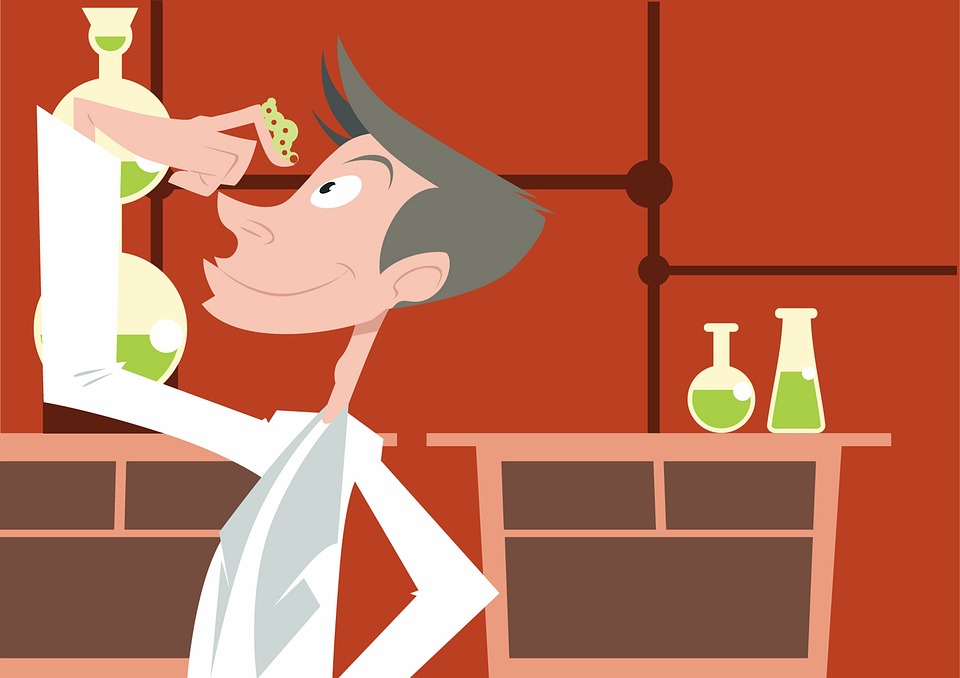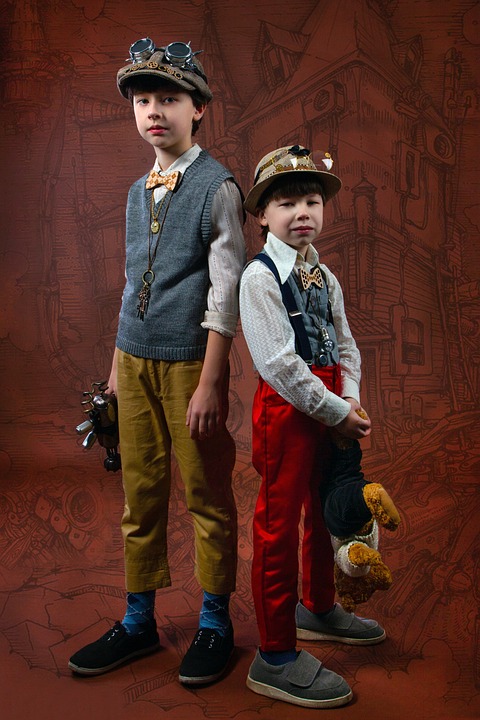Curiosity, Creativity, and Innovation: The Golden Triangle of the 21st Century
In the ever-evolving landscape of the 21st century, the keys to success lie at the intersection of curiosity, creativity, and innovation. This golden triangle of cognitive dispositions has been driving growth, progress, and excellence in various fields, from science and technology to art and business. In this article, we will explore the intricate relationships between these three components and provide insights on how to harness their synergistic power.
The Importance of Curiosity
Curiosity is often described as the driving force behind the human quest for knowledge and discovery. It is the spark that sets the fire of creativity ablaze and enables us to explore new territories. Without curiosity, we risk becoming complacent and stagnant, missing out on opportunities for growth and advancement. As renowned scientist and futurist, Ray Kurzweil, notes, "Curiosity is the driving force behind every great achievement in science and technology."
The Birth of Creativity
Creativity is the artistic expression of curiosity, as it enables us to combine disparate ideas and concepts in novel ways. This process of combining and rearranging information, as coined by cognitive psychologist Mihaly Csikszentmihalyi, is at the heart of creativity. By fostering creativity, we can break free from traditional constraints and generate innovative solutions to complex problems.
Innovation: The Tangible Outcome
Innovation is the culmination of curiosity and creativity, manifesting in novel products, services, processes, and business models. It is the result of the entrepreneurial spirit, where risks are taken and calculated, and innovative ideas are nurtured and refined. The consequences of innovation are far-reaching, shaping the direction of industries, economies, and societies as a whole.
The Interconnectedness of Curiosity, Creativity, and Innovation
This golden triangle of cognitive dispositions is more than a loose arrangement; they are intricately linked and recursive. Curiosity stimulates creativity, as our natural inquisitiveness drives us to explore new concepts and ideas. Creativity, in turn, fosters innovation, as innovative solutions and products arise from the process of combining and rearranging information. Finally, innovation inspires curiosity, as novel results and discoveries create a ripple effect, sparking new lines of inquiry and investigation.
Practicing the Golden Triangle
To maximize the impact of this golden triangle, we must develop the habits and mindsets necessary for each component to thrive:
- Cultivate curiosity: Encourage curiosity by setting aside time for self-directed learning, exploring new topics and areas of interest, and embracing ambiguity.
- Nurture creativity: Make space for creative expression through artistic endeavors, writing, or design, and embrace failure as an opportunity for growth and refinement.
- Pursue innovation: Leverage curiosity and creativity to generate innovative solutions and products, taking calculated risks and embracing iterative development processes.
Conclusion
The 21st century is characterized by exponential change and interconnectedness. To stay ahead of the curve, we must harness the collective power of curiosity, creativity, and innovation. By fostering an environment that encourages and nurtures these cognitive dispositions, we can create a future that is at once wondrous, challenging, and fulfilling. By embracing the golden triangle of the 21st century, we will be poised to shape the world, reimagining what is possible and what lies beyond the horizon of our wildest dreams.


